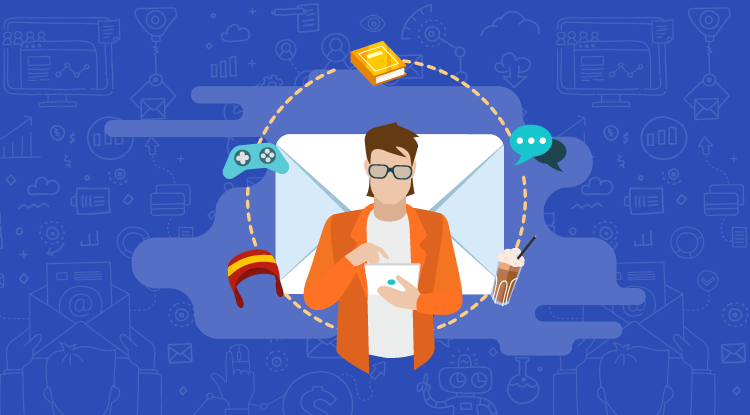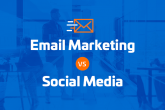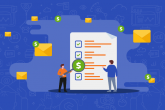Behind the discussion about email engagement is the audience and its feedback. It is essential to provide your audience with a great email newsletter that surprises and delights your subscribers over and over again. This kind of behavior builds a reputation that leads to an increased email engagement rate.
Email marketing has proven to be one of the most effective customer acquisition channels, with 40 times more customers than from Twitter and Facebook combined, according to a McKinsey study. That’s only the average, though. If your email marketing isn’t producing that kind of ROI, you might need to take a different approach to engagement.
Personalizing your email marketing can do just that – boosting your recipients’ engagement to whole new levels.
Leading-edge business-to-business (B2B) companies have led in personalization, tailoring messages to each decision-maker in their target customers’ organizations.
This approach, called account-based marketing, is highly effective, yielding 400 percent more conversions on average.
Automation, however, makes personalization not only an option for B2B brands, but also for B2C ones.
With the right data and proper email list segmentation, any brand can leverage the power of personalization.
Here’s how to put that power to work for you.
Quick Takeaways:
- Provide timely messaging.
- Include your recipients’ names throughout your emails.
- Use data to target the right recipients.
- Use images to make your newsletter memorable.
- Use these businesses’ success in personalization to inspire your own.
- Insert dynamic native ads to provide your recipients with information about products and services they likely need.
1. Make Your Emails Relevant to Each Customer Segment’s Needs
Think about your own email inbox. Are you likely to open up an email whose subject line doesn’t talk about something relevant to your interests, needs, or pain points? Probably not, if your inbox is as full as mine. Chances are, you’ll hit delete before you even open it.
Making emails relevant is all about the data. Unless you’re the only store in a tiny village whose customers know you on a first-name basis, you need another way to discover what is important to them.
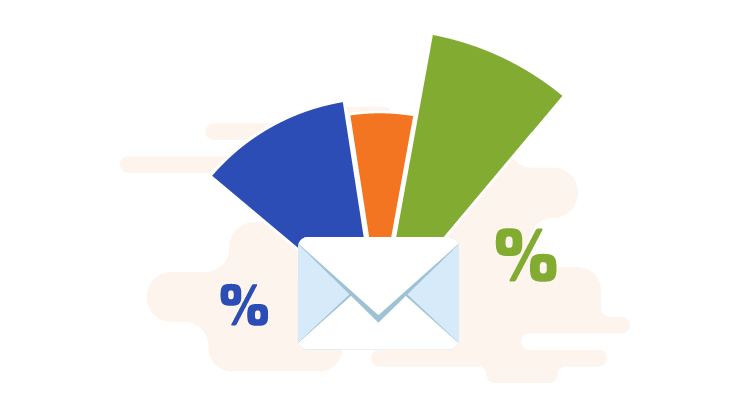
With today’s powerful browser and social media analytics, you can take a deep dive into the demographics, likes, preferences, pain points, and even the online behavior of your target customers.
Start with the people that have already engaged with your website and social media pages. Usually, people who care enough to become your social media followers or read your blog posts regularly have an interest in the information you offer – and quite probably, your goods and services as well.
Write down the characteristics that these people share.
Next, list the characteristics that your current paying customers share.
Generally, you can use these characteristics to group these people into several segments, each segment with its own unique characteristics and interest.
For example, if you sell cars, these groups might fall into the following categories:
- Older teenaged boys and young men who love fast cars and are saving up to buy a sports car (interests and desires). Their income isn’t high enough to afford their dream car – and their insurance is astronomical (pain points).
- Parents of teenagers of both genders looking to buy their son or daughter a safe, economical car to take them back and forth to their part-time job or school. They’re fairly well-heeled: middle class or above, but not wealthy enough to afford a high-end car for a relatively new driver.
- Suburban moms looking for a safe yet roomy SUV to cart their kids around to band practice, sports practice, and to go back and forth to work. Having an environmentally friendly vehicle is important to them, so they’ll be sure to demand a car that’s either a hybrid or otherwise has a lower carbon footprint than its competitors. They, too, are middle class or above.
Some brands even create a customer persona – a fictional character that embodies each segment’s characteristics.
Doing so often helps the company’s marketing team craft emails that see each segment as a real person, allowing them to better personalize their messaging for each segment.
2. Make Your Messaging Timely
After you’ve grouped your target customers into these segments, you need to create email newsletters that appeal to each group. With today’s data analytics, you can even time your publication to reach your target audience at just the right moment.
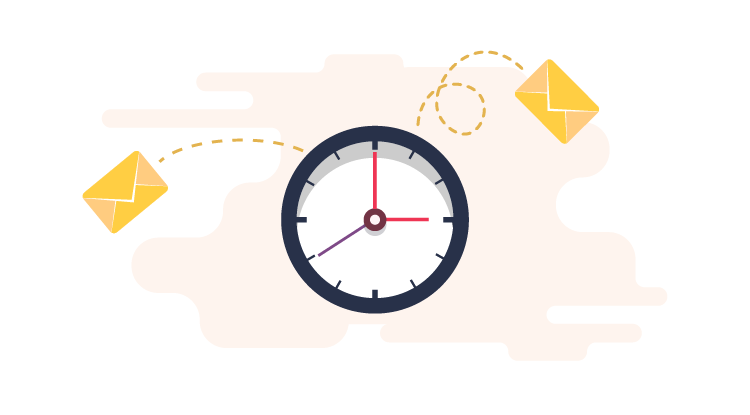
Being timely goes well beyond publishing your newsletter to appear at the top of your customers’ inbox right after they’ve had their dinner or just as they sit down at their desks at work. It also has to do with what point the customer is at on their buyer’s journey.
Let’s return to our fictional car dealer. Their message to teenage boys who are just starting to search (perhaps they don’t even have their driver’s license yet) will be way different from an email to a young man who has done the research (that goes to the issue of online behavior) and ready to buy.
The boy just dipping his toe in the water will want to know about what to look for in a first car.
Newsletter articles for boys at that point on the buyer’s journey will get more engagement if they address topics like: “How to choose your first car,” or “Brand comparisons for first-time car buyers.”
For those ready to buy, articles like “How to recognize a car that will break down in your first month” or “How not to get ripped off on your first car purchase” will likely get opened.
3. Use People’s Names
In the “from” line: According to the email marketing experts at Campaign Monitor, recipients are more likely to open an email that comes from a person rather than a business.
Using the sender’s face instead of a logo, as well as the sender’s name, is a great way to personalize your emails.
We advise using your first name together along with your company’s, such as “Ioana from inboxAds,” so your recipients will know it’s a legitimate email and not a spammy invitation to a scam.
In the subject line: Be careful here. A little goes a long way, lest your attempts at personalization get “creepy and overused,” as digital marketing guru Neil Patel puts it.
In the body of the newsletter: An occasional mention of the recipient’s name can help your subscribers maintain their attention. Practically everyone loves to hear or see their name in print. Keep your recipients engaged by using their names.
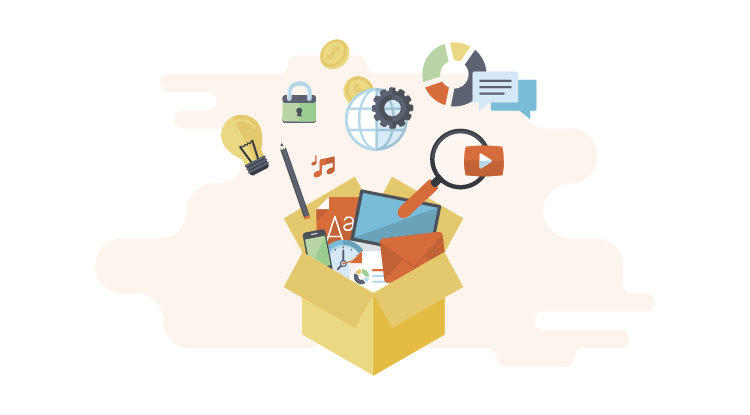
4. Personalize with Data
You can use the data you gathered from your research to personalize your emails to your readers’ actual pain points, ambitions, demographics, and likes.
Most mass email providers have fields into which you can insert each recipient’s pertinent data.
Let’s apply this personalization strategy to our fictional car dealer’s emails.
Copy like “No guy likes to get ripped off on his first car purchase,” creates an emotional connection with recipients in the “first car” segment, while “You want to find the most eco-friendly car on the market, but you don’t quite know how” would appeal to the dealer’s suburban mom segment.
5. Personalize with Images
Content that includes images is easier to remember (45 percent to 55 percent more likely to remember compared to written or spoken information alone, research shows).
When you make those images relevant to your recipients’ personal interests, you’ll hook them emotionally as well.
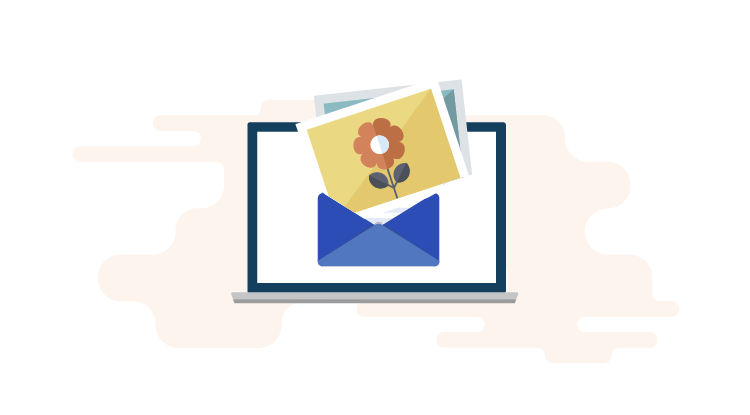
Using images sourced from the locality in which they live, their interests, their pain points, and their hopes can grab your readers by their heartstrings like nothing else.
When you combine your written copy with personalized images, you’ll endear yourself to your email subscribers – and be more likely to engage them to interact with your brand even more along their customer journey.
6. Personalization Brings Success
When you look at the success that brands that have used email personalization have realized, you’ll know why personalization is one of 2020’s top digital advertising trends. Here are just a few of their success stories:
Shutterfly
A startup that has gone mainstream, thanks to its personalized email marketing, Shutterfly has become one of the most popular ways to turn its customers’ digital photos into real-life mementos, such as framed collages, canvases, calendars, and photo books.
Its personalized subject lines and email content leveraged customer data to grow its business exponentially.
Amazon
Though it’s a global giant now, only a generation ago, Amazon was a startup that got in on the digital marketing game in the mid-1990s.
Its use of personalization is legendary – and has inspired other businesses to follow its lead. Not only does it use its algorithm-generated recommendations on its own website, but it also includes them – along with pertinent images – in its emails.
Their enticing line, “Customers Who Bought X… Also Bought,” along with images of suggested purchases is as irresistible as they come.
Vidyard
By combining dazzling visual content – including videos – in its emails, Vidyard nabs the attention of both visual and aural learners. These videos a feast for the eyes and ears. They are also personalized, mentioning recipients’ names, interests, and other pertinent details that endears the brand to its ever-growing email list.
7. Use Dynamic Native Ads in Your Newsletter Body to Personalize Your Message
Chosen by a leading-edge AI platform, dynamic native ads are similar to Amazon’s winning formula – they suggest products tailored to their unique needs, likes, and pain points. But unlike Amazon, they appear like links to informative articles – which in essence, they are.
In a newsletter, they are even more compelling since their topics appeal to your readers.
For newsletter publishers, they’re instant moneymakers. Since the ads’ headlines blend in seamlessly with the newsletter’s content, they don’t turn off readers.
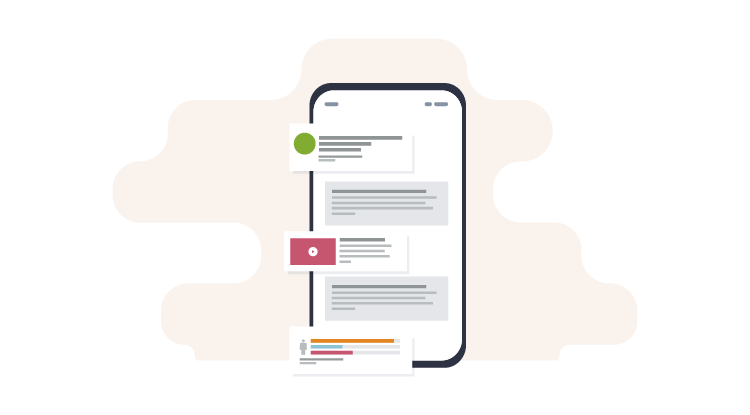
Our fictional car dealer, for instance, might have one ad for a muffler shop and another for a custom car accessory company – or even a local gas station.
A digital marketing coach’s email newsletters, on the other hand, might feature ads about various online tools that can help marketers achieve better results.
With inboxAds, you can provide your subscribers with those personalized ads – and monetize your newsletters in the process. With us, email monetization is always free for newsletter publishers.
The inboxAds platform is easy to use and requires no coding. You can be up and running in minutes. The minute you hit “Publish,” your newsletter can start earning an extra stream of revenue for your business. Get started today!



